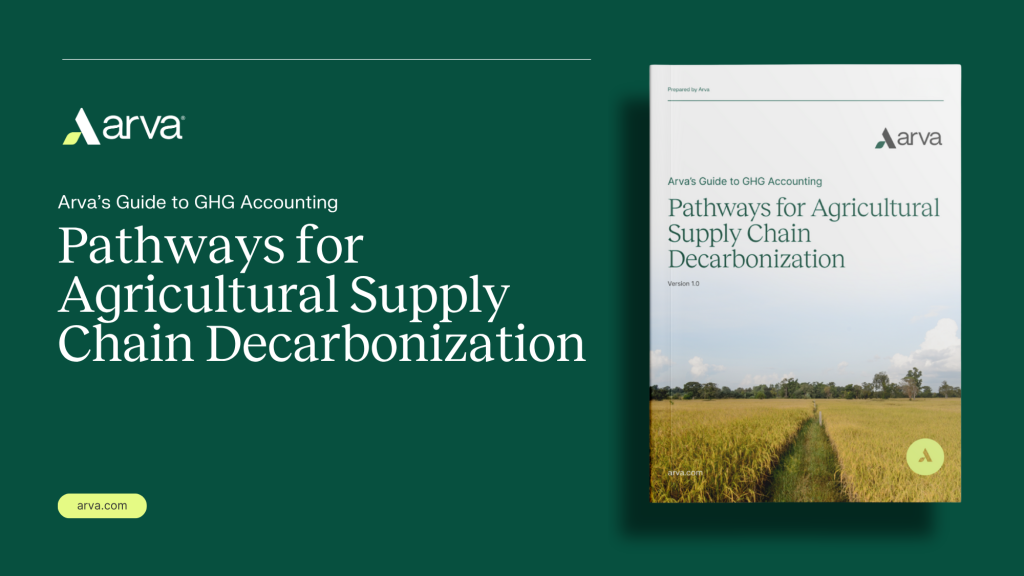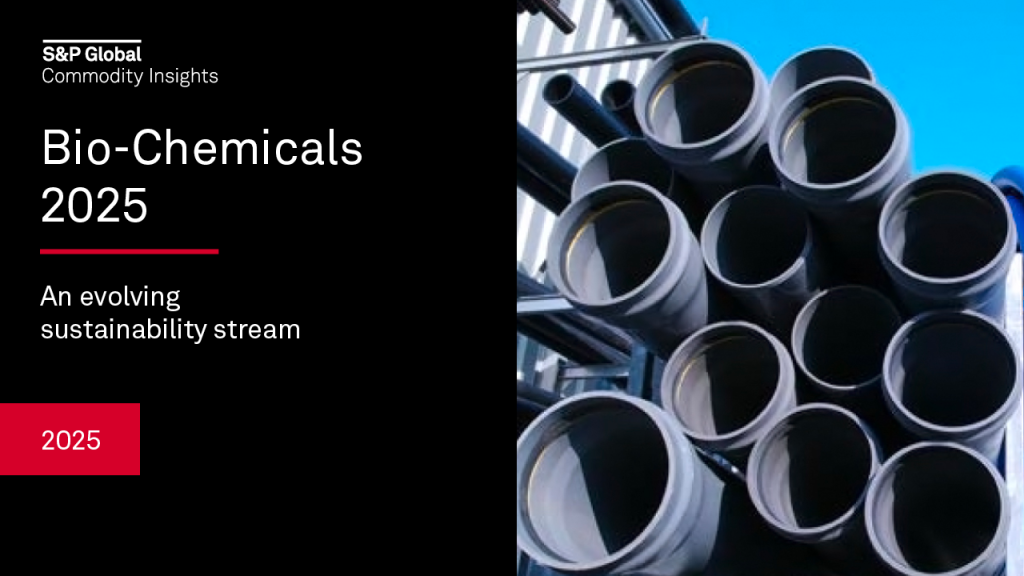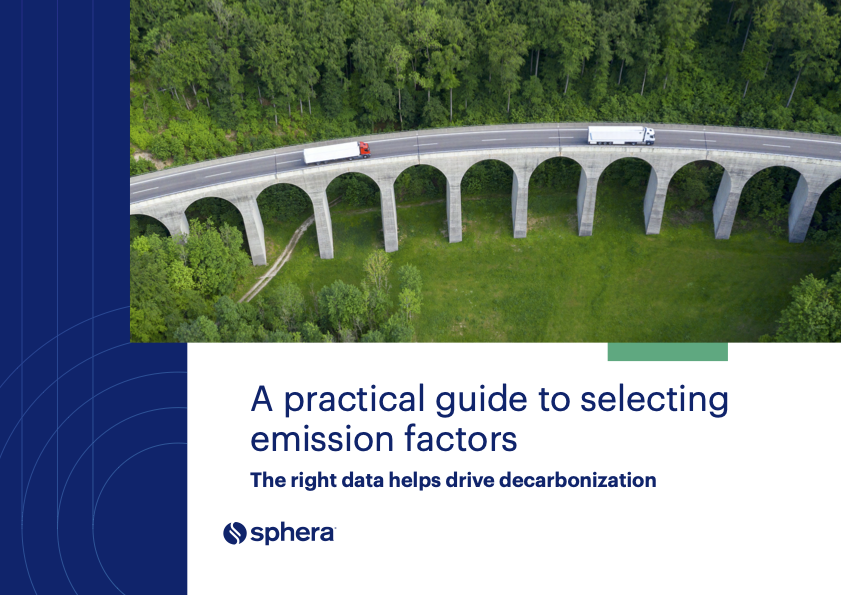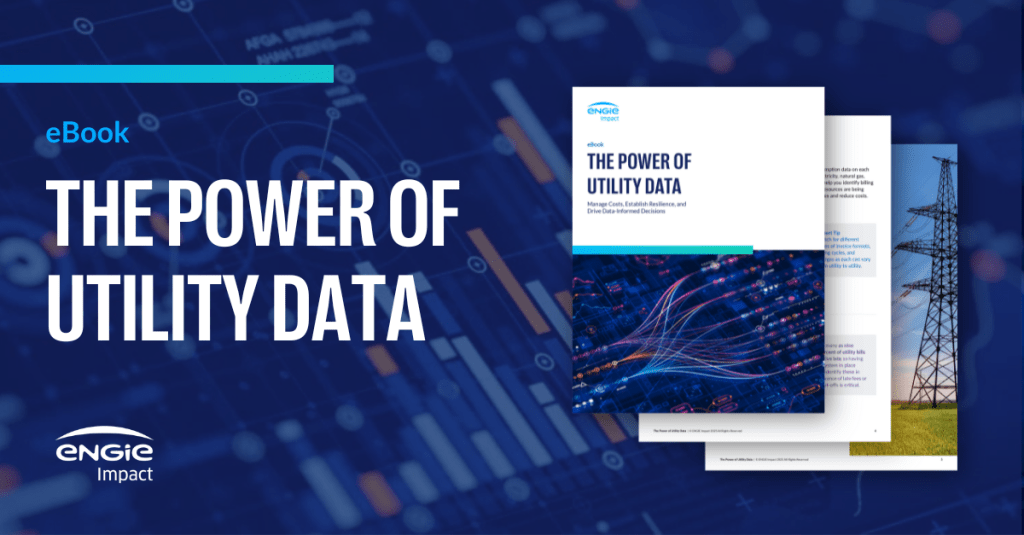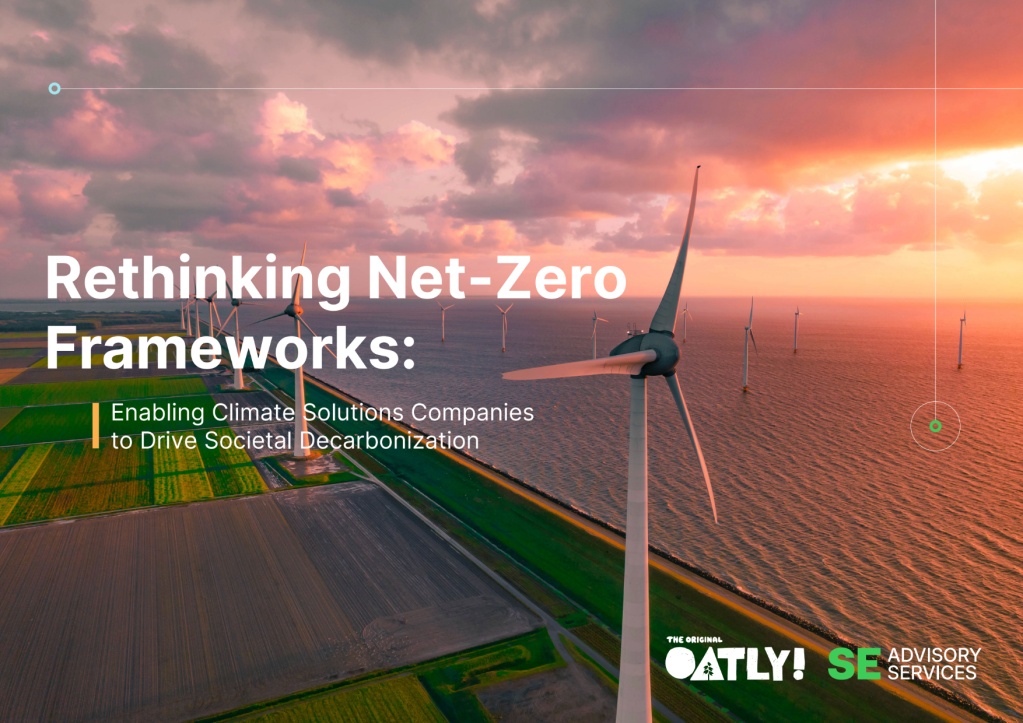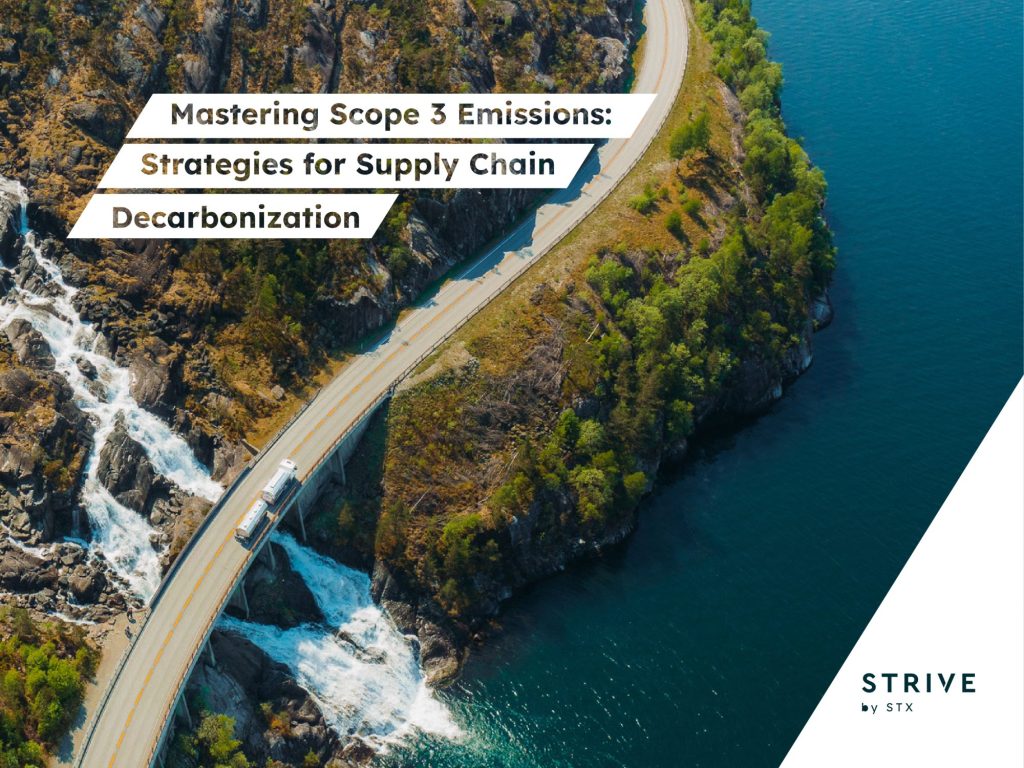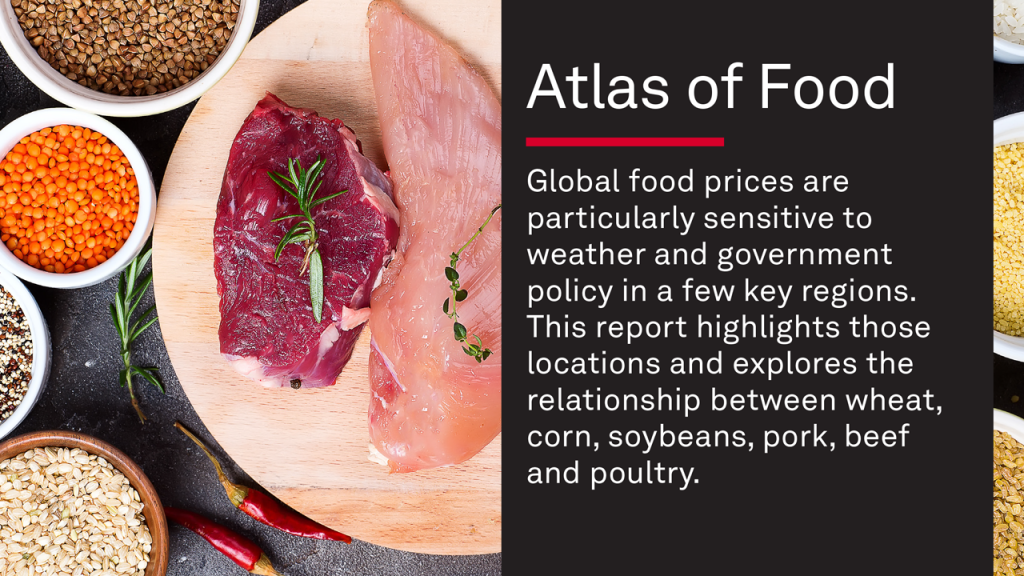New tool standardizes comparison of ‘Scope 4’ emissions claims
Consulting firm Quantis has developed an online resource for assessing avoided emissions with input from more than two dozen companies. Read More

- Avoided emissions quantify the difference between a historical way of doing things and what the reporting company is doing instead.
- These claims shouldn’t replace traditional greenhouse gas inventories.
- Quantis’ new online resource models the impact of 65 technologies, ranging from EVs to heat pumps.
An increasingly common narrative in corporate environmental reports is the one about “avoided emissions,” a.k.a. Scope 4. Roughly 2,400 companies reporting to disclosure service CDP in 2022 used some variation of the term — more than 10 percent of those that submitted data.
The challenge with such declarations is that the methodologies used to support them are still nascent compared with other carbon accounting frameworks. The latest organization offering guidance is Quantis, through an online tool called the Avoided Emissions Platform.
Avoided emissions quantify the difference between a historical way of doing things and what the reporting company is doing instead.
Apple, for example, reported avoided emissions of 41 million metric tons for 2024 as a result of production and design changes; 15 percent of the reduction came from using recycled materials. Tesla touts emissions avoided by opting for an electric vehicle versus a gasoline-powered car.
Quantis’ new resource was developed on behalf of a dozen financial institutions and asset managers that were looking for a way to compare claims and 13 others that were seeking to make statements about avoided emissions.
Goal: create credible models
The platform includes models for the impact of 65 low-carbon technologies and production approaches, ranging from EVs and alternative fuels to residential heat pumps.
“In order to reach net zero, we’re going to have to accelerate on climate solutions,” said Anne Deserable, managing director of Quantis. “This initiative allows financial institutions to identify where they can guide investments.”
For example, Mirova, one of the asset management firms that contributed to the tool’s development, uses avoided emissions information to assess the positive climate impact of companies and projects that are part of its investment portfolio.
“When considering only carbon footprints, a company producing batteries for electric vehicles might look worse than a company in the fast fashion industry with similar size in revenues, while obviously the first one is necessary to the low-carbon transition and the second isn’t,” said Manuel Coeslier, lead for climate and environment at Mirova.
The platform will be used by the firm’s ESG research analysts.
Why companies report avoided emissions
Industrial gas company Air Liquide has calculated the positive climate impact of certain products for years, using internal calculations based on publicly available methodologies, said Guillaume de Smedt, Air Liquide’s deputy vice president of sustainability.
“We compare the emissions of our products against reference-case technology on the market,” de Smedt said. “The goal has always been the same: to show the concrete, difference our solutions make for our customers and for the planet.”
Air Liquide isn’t using the Quantis tool at this time, but it anticipates doing so. “It won’t necessitate a fundamental shift in our methodology, as our existing processes are already compliant with the core principles of avoided emissions calculations.”
The resource is aligned with existing guidance, starting with that from the World Business Council for Sustainable Development, said Deserable. “It’s important to stress the difference between emissions reductions and avoided emissions,” she said. “We are very clear that this cannot be considered as a reduction of Scope 1, 2 or 3.”
About 150 participants use the platform; more are currently testing the calculators. The Avoided Emissions Platform requires a subscription, but Quantis didn’t disclose pricing.

Subscribe to Trellis Briefing
Featured Reports

